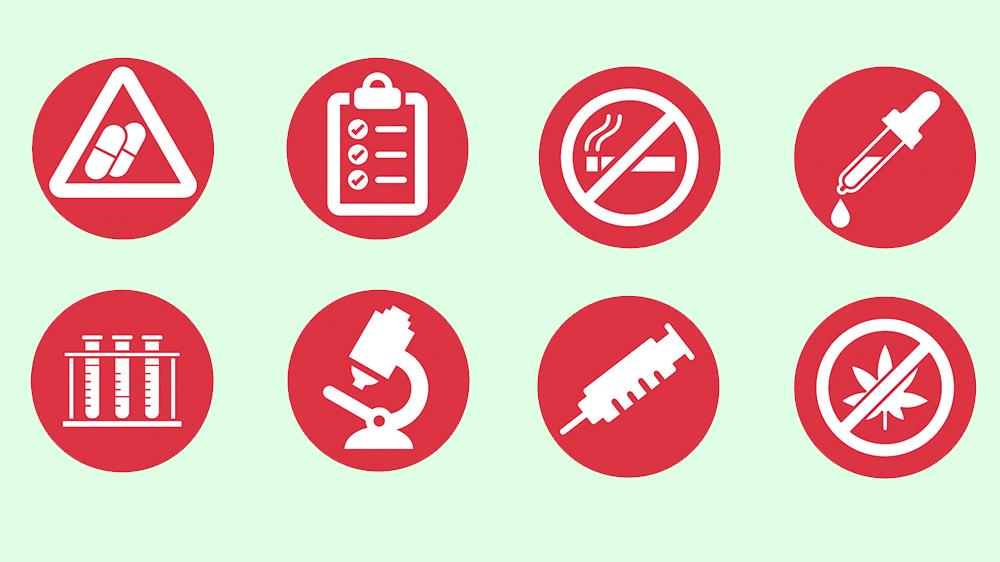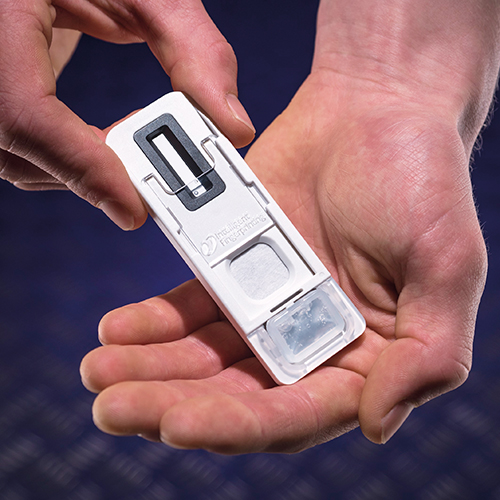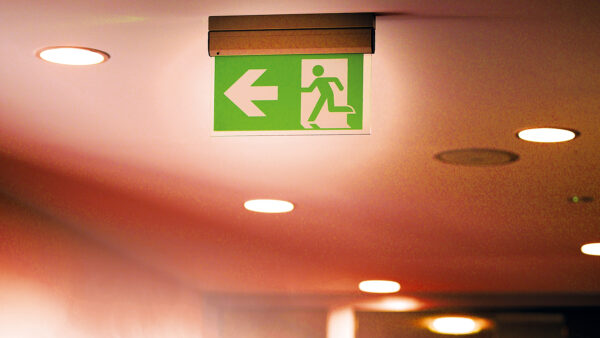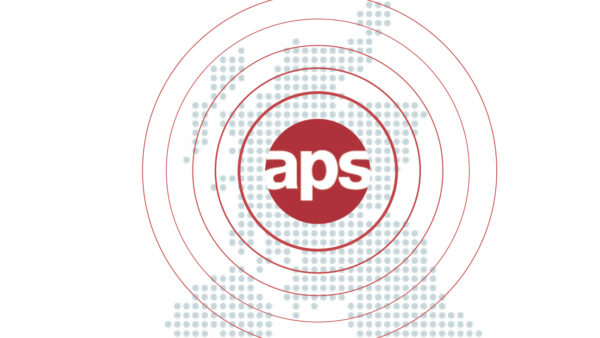
Should construction projects test for drugs? And what are the options if they do? Kristina Smith reports.
As the government announced a crackdown on drug dealers and users in December last year, Solihull firm Hayfield Homes was preparing to start random drug testing. The first batch of tests took place in January on the first day back after Christmas.
“We have a duty of care, not only to our own employees, but to everyone who works on site, our customers and people who visit,” says Hayfield’s head of health and safety, Andy Green. “We want to ensure that our sites are as safe as possible.”
There’s a financial incentive too, says Green: “It brings down our insurance, although not by a massive amount.”
Though historically only certain sectors of the construction industry – rail, aviation, nuclear – have carried out drugs and alcohol testing, more mainstream companies like Hayfield are now considering it too.
“Interest has increased massively in the past 12 months,” says Suzannah Robin, sales and training director at AlcoDigital, which provides advice, training and equipment for drugs and alcohol testing.

“We have a duty of care, not only to our own employees, but to everyone who works on site, our customers and people who visit.”
There are several reasons why companies could be more likely to consider testing, including the influence of large projects such as HS2, encouragement through industry accreditation schemes such as the Fleet Operator Recognition Scheme (FORS), an increasing focus on wellbeing – and the introduction of easier and cheaper tests.
Fear of litigation will also be a factor, says Robin: “There is more and more of a suing culture. That’s going to be the thing that makes companies need to protect themselves.”
Ongoing problem
Recreational drug use is widespread in the UK. Government statistics on drug use in England and Wales for the year ending March 2020 show that one in 11 adults aged 16 to 59 had taken drugs in that period, rising to one in five for 16 to 24-year-olds.
The statistics also show that the lowest earners tend to be the most prevalent drug users, with use rate in 16- to 59-year-olds rising to one in seven. “The demographic and the mindset of people that work in the industry means that we find high levels of use,” says Robin. Poor mental health and drug or alcohol abuse can often go hand in hand and some studies have suggested that Covid has increased drug use among those already struggling.
The law does not require construction projects to test for drugs or alcohol, although employers do have a duty under the Health and Safety at Work etc Act to ensure that workplaces are safe. And from 2015 it has been Illegal to drive under the influence of drugs in England and Wales.
A 2016 survey by the Considerate Constructors’ Scheme showed that 59% of the 1,200 respondents thought the industry had a problem with drug and alcohol misuse, 35% had noticed colleagues under the influence of either and 25% admitted it had affected them at work.

“Workplace testing is about setting up an effective deterrent to people turning up to work not being fit for duty.”
Although it seems obvious that someone who is under the influence of recreational drugs or even high levels of certain prescription drugs, such as codeine, is more likely to take risks which could lead to accidents, evidence to back this up seems thin on the ground. “Random testing normally finds more drugs misuse than testing following an accident,” says Green, who joined Hayfield two years ago.
However, introducing testing is likely to deter some people from using drugs recreationally – or encourage them to move on. “Workplace testing is about setting up an effective deterrent to people turning up to work not being fit for duty,” says test provider Intelligent Fingerprinting’s sales and marketing director Dr Paul Yates.
This has certainly been the case for Hayfield, says Green: “We have had in the past two employees that we suspected had drug use issues. Both left of their own volition when it was mentioned we would bring in an external tester.”
Advances in technology
Where once drug testing required qualified medical staff to take blood samples and laboratories to analyse it, recent developments mean in-house testing is possible – and much more affordable. According to Robin, drug tests conducted by a specialist provider can cost £300-£400 per test. Hayfield is using a system from Intelligent Fingerprinting which cost between £4,500-£5,000 for equipment and tests that will last at least 12 months.
Introducing a new regime should involve communication and consultation with the workforce, says Robin. That should also allow people to come forward and self-declare if they are abusing a prescription drug.
There are various options for the timing and type of testing. Screening new employees or new starts sends out a strong “zero tolerance” message, says Robin, with random testing among the workforce reinforcing that message. Companies should also consider testing after an incident to check whether drugs or alcohol played a part, she advises.

“There is more and more of a suing culture. That’s going to be the thing that makes companies need to protect themselves.”
Then there is the slightly trickier area of cut-off levels. For alcohol, there could be different limits depending on job roles. For drug tests, different types of test detect different windows of drug use.
Urine and saliva tests are the most commonly used for workplace testing. Urine tests can show drugs taken over the past few weeks but don’t show any drugs taken in the previous two to four hours, as they take time to work though someone’s system, explains Robin. Saliva tests show what’s in someone’s system at that time, and up to 48 hours before.
The newer technology of fingerprint testing launched in 2018 by Intelligent Fingerprinting (see box) also shows what is in someone’s system at the time, but has a shorter 16-hour detection period which appealed to Hayfield. “What we don’t want to be doing is targeting somebody whose recreational drug use is more than 16 hours before they come to site. You have got to be fair and reasonable,” says Green. “If someone goes out for Sunday lunch and has four pints, the alcohol will be out of their system before they start work on Monday.”
As for what to test for, the usual suspects are: cocaine, cannabis, opiates such as heroin and methamphetamines including ecstasy. And if any should be detected, a company’s policy should set down clearly what will happen afterwards. Hayfield would work to rehabilitate them through its health provider, Axa, says Green. “It’s not adversarial, it’s to find out where people are at, and how to help them,” he says.
What else could a fingerprint tell us?

This was the question that Professor David Russell asked himself over a decade ago. Russell first experimented on his students at the University of East Anglia, successfully detecting which of them were smokers because they had cotinine – produced when the body metabolises nicotine – in their fingerprints.
From these initial experiments, the company Intelligent Fingerprinting was born. In 2018, it launched a type of lateral flow test that detects for recreational drugs: users press their fingers onto a pad and if any drugs or their metabolites are present, the tell-tale line will appear.
Looking into the future, the company’s aspiration would be to use a similar test to screen for more general health issues such as cancer or heart disease biomarkers.












